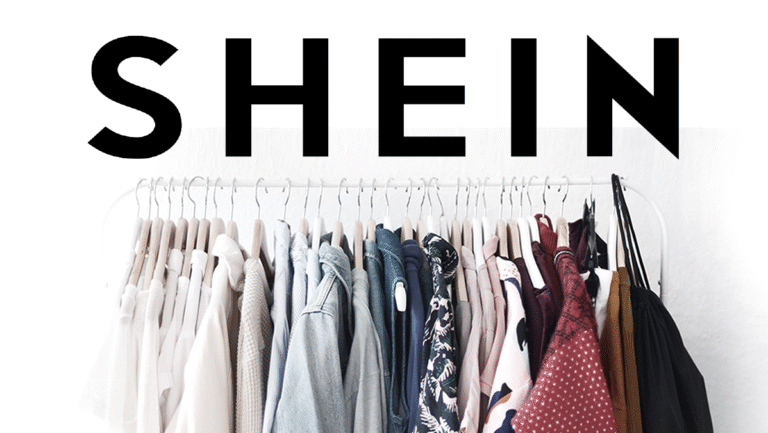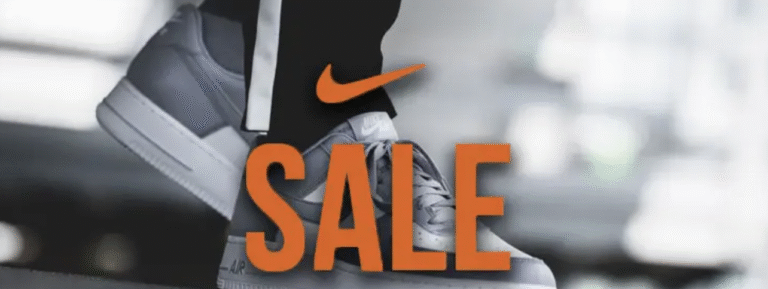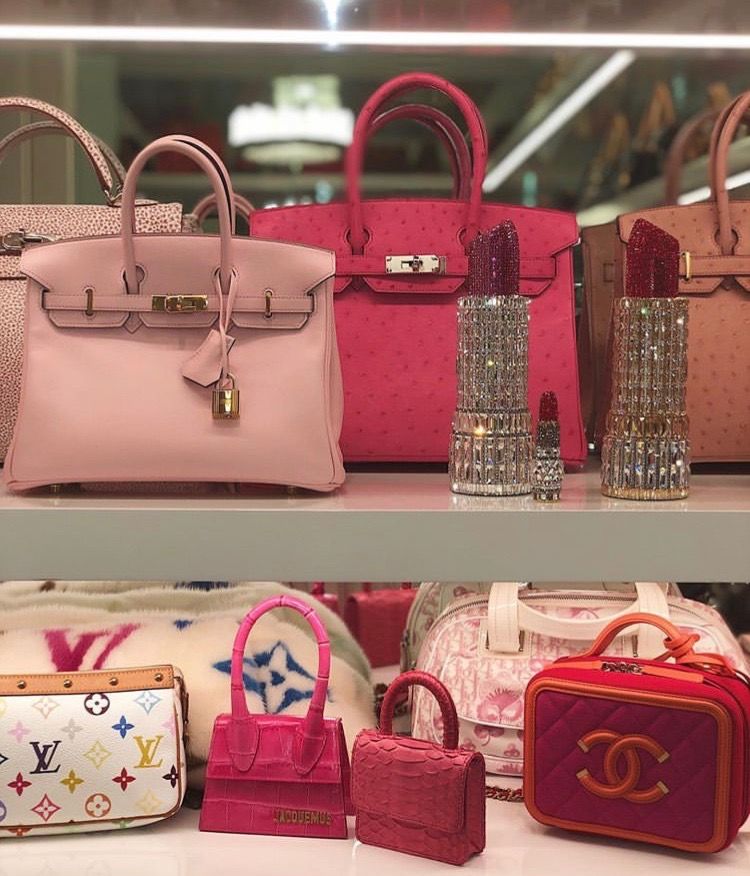Asian Size Conversions to US | Choose the best one
Ever ordered a jacket online that turned out two sizes too small?
Or bought pants that looked perfect—only to find they wouldn’t go past your knees?
Welcome to the world of Asian size conversions to US, where guessing your fit can lead to some frustrating surprises.
Asian sizing—especially from China, Japan, and South Korea—runs smaller than US sizes by 1 to 2 sizes or more.
And if you’re shopping on sites like Taobao, YesStyle, AliExpress, or even K-pop fashion stores, understanding how to convert Asian sizes to US accurately is absolutely essential.
This guide breaks it all down. We’ll cover:
- Why Asian sizing is different
- Conversion charts for men, women, kids, and shoes
- Tips to measure yourself properly
- How to avoid the most common mistakes
So before you hit “buy now,” read this review before you buy—and save yourself the hassle of returns, exchanges, or regret.
Table of Contents
Why Are Asian Sizes Different from US Sizes?
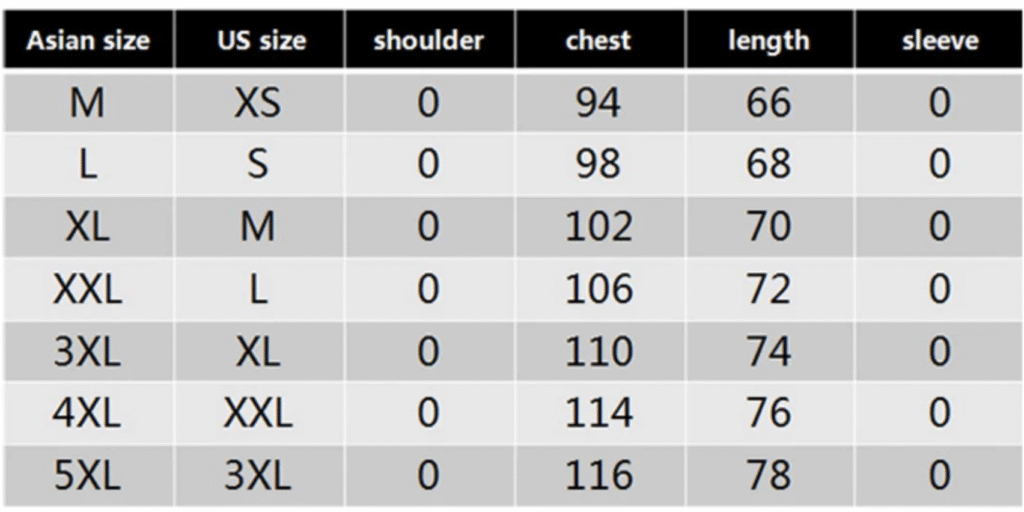
You’ve probably noticed that an Asian Large feels more like a US Medium—or even a Small. But why?
1. Different Body Standards
Clothing manufacturers in Asia design garments based on regional body types, which tend to have:
- Shorter torsos and limbs
- Narrower shoulders
- Smaller waist and hip ratios
This doesn’t mean all Asians are the same size—but it does mean clothing brands in Asia size differently to suit local markets.
2. Metric vs. Imperial Systems
While the US uses inches, Asian sizing often uses centimeters (CM) for measurements. For example:
- A chest width of 100cm = 39.37 inches
- A 170/88A label (height/chest in CM) might correspond to a US Medium
Without conversion, it’s easy to misinterpret the size.
3. Fit Expectations Differ
Asian garments often have a “fitted” or “slim” cut, especially in Korean and Japanese fashion. So even if the numerical size lines up, the style may feel tighter or more tailored than a US shopper expects.
Understanding Key Asian Sizing Systems
Asia isn’t a monolith—different countries use different sizing systems, and that adds to the confusion.
China:
- Uses numeric codes (160/84A, 170/88A) representing height and chest/waist
- S, M, L used but often run 1-2 sizes smaller than US sizes
Japan:
- Often uses JPN sizes (7, 9, 11 for women)
- Tend to run even smaller than Chinese sizes
South Korea:
- Uses 55, 66, 77 for women’s sizes (think 55 = S, 66 = M)
- Men’s sizes are also sized down compared to the US
These systems may also vary by brand—making it even more important to check each product’s individual size chart.
Asian to US Size Conversion Table for Men and Women
To make your shopping easier, here’s a basic reference for converting Asian sizes to US sizes. Remember: always double-check the CM measurements provided by the seller.
Women’s Clothing Conversion
| Asian Size | Japan | Korea | China | US Size |
|---|---|---|---|---|
| S | 7 | 55 | 160/84A | XS–S |
| M | 9 | 66 | 165/88A | S–M |
| L | 11 | 77 | 170/92A | M–L |
| XL | 13 | 88 | 175/96A | L–XL |
| XXL | 15 | 99 | 180/100A | XL–XXL |
Men’s Clothing Conversion
| Asian Size | China | Japan | Korea | US Size |
|---|---|---|---|---|
| M | 165/88A | 90 | 95 | XS–S |
| L | 170/92A | 95 | 100 | S–M |
| XL | 175/96A | 100 | 105 | M–L |
| XXL | 180/100A | 105 | 110 | L–XL |
| 3XL | 185/104A | 110 | 115 | XL–XXL |
These charts are approximations. Always use body measurements when available for best accuracy.
How to Measure Yourself for an Accurate Fit
Before you even look at a size chart, the most reliable way to find your correct fit in Asian sizes is to measure yourself. Asian size conversions rely heavily on exact measurements in centimeters (CM), so this step is crucial.
✅ What You’ll Need:
- A flexible measuring tape
- A mirror or a friend for accuracy
- A notepad or phone to record your numbers
📏 Key Measurements to Take:
1. Chest (Bust for Women)
Wrap the tape around the fullest part of your chest/bust, keeping it straight and snug but not tight.
2. Waist
Measure around the narrowest part of your waist (usually 1–2 inches above your belly button).
3. Hips
Wrap the tape around the widest part of your hips and rear.
4. Shoulder Width
Measure from shoulder seam to shoulder seam across the back.
5. Sleeve Length
From shoulder to wrist (helpful for jackets and sweaters).
6. Inseam (for pants)
From the crotch seam down to the ankle.
7. Height
Some Asian size charts are based on height ranges, so measure yourself against a wall for best accuracy.
Tip: Convert inches to centimeters (1 inch = 2.54 cm) and keep those numbers handy when comparing to Asian sizing charts.
Women’s Clothing Size Conversion: Asian to US
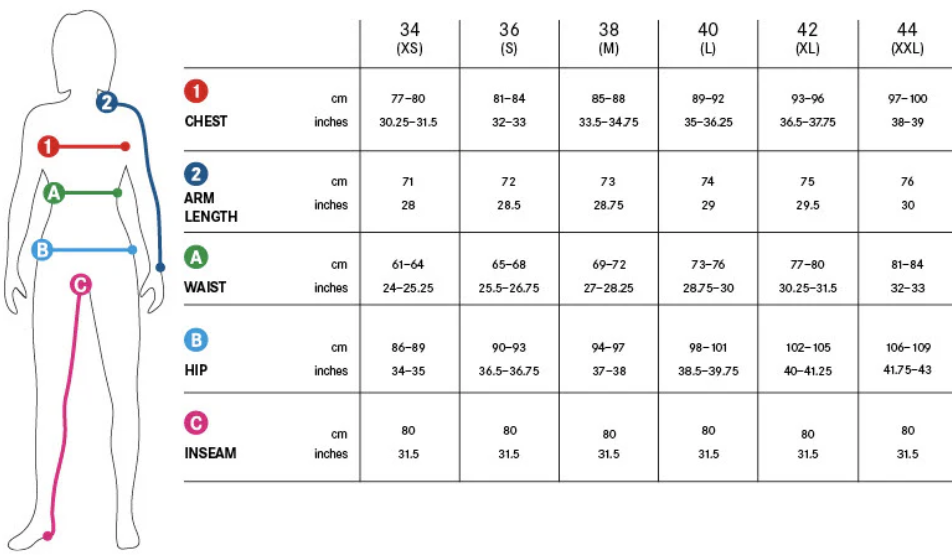
Let’s look at real-life examples of how women’s clothing sizes in Asia compare to US sizes, focusing on dresses, tops, and pants.
👗 Tops and Dresses
| US Size | China Size | Japan | Korea | Notes |
|---|---|---|---|---|
| XS (0–2) | 155/80A | 5 | 44–55 | Slim fit, petite friendly |
| S (4–6) | 160/84A | 7 | 55 | Standard Asian “Small” |
| M (6–8) | 165/88A | 9 | 66 | Order one size up |
| L (8–10) | 170/92A | 11 | 77 | Fits like US Medium |
| XL (12) | 175/96A | 13 | 88 | Rare in Korean/Japanese sizes |
Note: Korean sizes often top out at “88” for women, which may still be too small for US size 12+. Always check garment measurements, not just size labels.
👖 Bottoms (Pants, Skirts, Jeans)
Asian bottoms often run even smaller than tops due to slimmer hip proportions.
| US Jeans Size | China Size | Waist in CM | Notes |
|---|---|---|---|
| 24–25 (XS) | 26 | 60–63 | Equivalent to 160/64A |
| 26–27 (S) | 27–28 | 64–68 | Usually labeled “S” or “66” |
| 28–29 (M) | 29–30 | 69–74 | May need to size up for thighs |
| 30–31 (L) | 31–32 | 75–80 | Often tight in hips |
| 32–34 (XL) | 33–34 | 81–86 | Limited options available |
Pro Tip: Always choose Asian bottoms 1–2 sizes larger than your US size, especially for tighter cuts like skinny jeans or pencil skirts.
Men’s Clothing Size Conversion: Asian to US
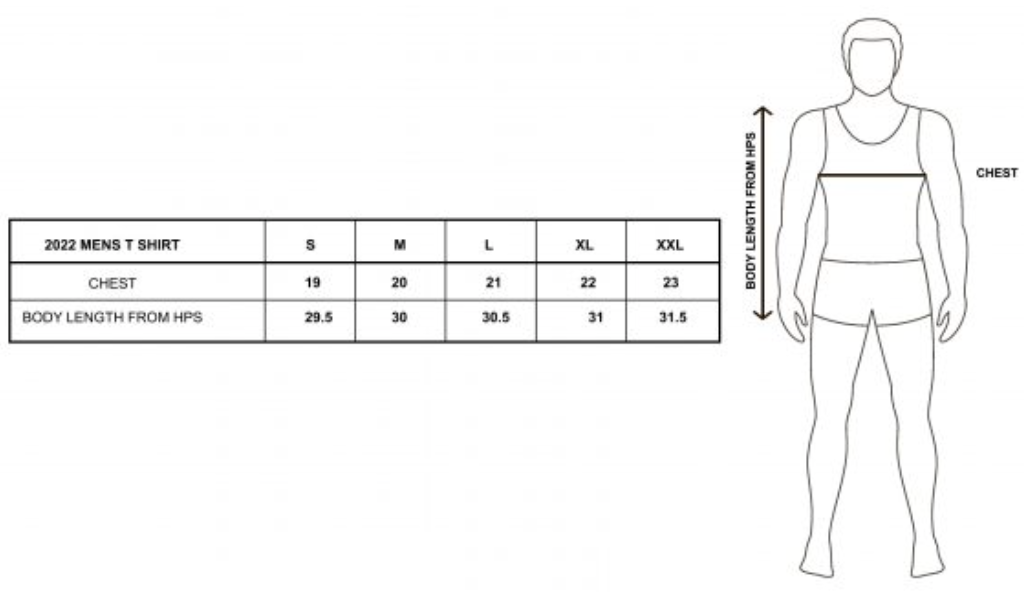
Men’s clothing also follows a similar pattern—slimmer and smaller cuts across the board, especially in chest and shoulder width.
👕 Shirts and Jackets
| US Size | China Size | Korea | Chest (CM) | Height (CM) |
|---|---|---|---|---|
| S | 165/84A | 95 | 85–88 | 160–165 |
| M | 170/88A | 100 | 89–93 | 165–170 |
| L | 175/92A | 105 | 94–98 | 170–175 |
| XL | 180/96A | 110 | 99–104 | 175–180 |
| XXL | 185/100A | 115 | 105–110 | 180–185 |
Most Asian men’s jackets are tapered, so if you lift weights or have a broader upper body, sizing up is often necessary.
👖 Men’s Pants and Bottoms
| US Waist (in) | China | Korea | Notes |
|---|---|---|---|
| 28–29 | 29 | 76 | Small Asian size |
| 30–31 | 30 | 78 | Size up for thighs |
| 32–33 | 31 | 81 | Most common size for L |
| 34–35 | 32–33 | 85 | XL in most Asian brands |
| 36–38+ | 34–36 | 90–95 | Often requires specialty shops |
Shoe Size Conversion: Asian to US
Asian shoe sizes are based on foot length in CM, which makes conversion easier but can still trip you up if you don’t know your actual insole length.
👟 Women’s Shoe Size Chart
| US Size | China (CM) | Japan | Korea (MM) |
|---|---|---|---|
| 5 | 35 | 22 | 220 |
| 6 | 36 | 23 | 230 |
| 7 | 37 | 24 | 240 |
| 8 | 38 | 25 | 250 |
| 9 | 39 | 26 | 260 |
👞 Men’s Shoe Size Chart
| US Size | China (CM) | Japan | Korea (MM) |
|---|---|---|---|
| 7 | 39 | 25 | 250 |
| 8 | 41 | 26 | 260 |
| 9 | 42 | 27 | 270 |
| 10 | 43 | 28 | 280 |
| 11 | 44–45 | 29 | 290 |
Pro Tip: Always check the insole length (in CM or MM). If possible, trace your foot and measure from heel to toe to get the most accurate size.
Children’s Size Conversion: Asian to US
When it comes to children’s clothing, Asian sizes often rely on height in centimeters rather than age or weight. This can cause confusion for Western buyers who shop by age-based sizing.
👕 Kids’ Clothing Conversion Chart (Approximate)
| Age (US) | Height (CM) | Asian Size | US Equivalent |
|---|---|---|---|
| 2–3 yrs | 90–95 | 90 | 2T–3T |
| 3–4 yrs | 95–105 | 100 | 4T |
| 4–5 yrs | 105–110 | 110 | 5T–6 |
| 5–6 yrs | 110–115 | 120 | 6–7 |
| 6–7 yrs | 115–125 | 130 | 7–8 |
| 7–8 yrs | 125–135 | 140 | 9–10 |
Tip: Always measure your child’s height and chest for a more accurate fit. Asian kids’ clothes may run narrow, especially around the shoulders and hips.
Common Problems with Asian to US Sizing
Despite using charts and guides, buyers still face sizing issues. Here’s why—and how to deal with them:
❌ 1. One-Size-Fits-All Doesn’t Fit All
Many Asian fashion stores label garments as “Free Size” or “One Size” that supposedly fits S–L. In reality, these items often fit US XS–S at best.
❌ 2. Misleading Product Images
Asian models are typically petite (sometimes 5’1″–5’5″) and may wear clip-adjusted garments in photos, making items appear roomier than they are.
❌ 3. No Stretch or Give
Many Asian fabrics (especially polyester blends) are non-stretch, so if you’re in between sizes, go up.
❌ 4. No Return Policy
Cross-border purchases from Asian sites often come with no return/exchange options, especially on platforms like Taobao or 1688.
✅ Solutions:
- Always read reviews and look for buyer photos
- Choose sellers that list full garment measurements
- Consider sizing up one or two sizes, especially for tight-fitting or structured items
Tips for Buying the Right Size from Asian Retailers

Getting your fit right doesn’t have to be a gamble. Here’s how to shop smart when buying Asian-sized clothing online:
✅ 1. Trust the Tape, Not the Tag
Don’t rely on the size label (M, L, XL)—use your own body measurements and compare them to product specs.
✅ 2. Double Check Size Charts
Every brand and seller can vary. Always check the size chart for each specific item, not just the site-wide guide.
✅ 3. Read Customer Reviews
Look for:
- “True to size” or “runs small” notes
- Photos with height/weight info
- Comments about sleeve length, bust tightness, or pant leg fit
✅ 4. Message the Seller
Especially on Taobao, AliExpress, or YesStyle, you can contact the seller and ask:
- “What is the bust measurement for size M?”
- “Would this fit someone who is 5’7”, 145 lbs?”
✅ 5. Know the Cut
Some styles are designed to be oversized, slim fit, or boxy. Knowing this will help you interpret sizing better.
Case Study: A Shopper’s Experience with Asian Sizing
Name: Emily, age 26
Height/Weight: 5’5”, 135 lbs
Purchased from: YesStyle (Korean streetwear)
Emily ordered a “Size M” cropped hoodie and jeans from a Korean fashion brand listed as true to size. When the items arrived:
- The hoodie fit more like a US XS
- The jeans wouldn’t go past her thighs
- Return cost to Asia was higher than the item price
What She Learned:
- The size chart listed M = 66 (Korean), which fits US S–XS
- Fabric was rigid denim—no stretch
- She should have sized up to L or checked customer photos first
Result: Now she always checks measurements in CM, reads multiple reviews, and messages the seller for advice.
How Simoosourcing Helps Brands Navigate Asian Sizing
If you’re launching a clothing brand or sourcing apparel from Asia, Simoosourcing helps you get the sizing right from day one.
Why Size Matters in Sourcing
- Reduces return rates
- Enhances customer satisfaction
- Increases brand credibility
- Ensures consistency across product lines
Simoosourcing Services Include:
- Sampling support – order test pieces in all sizes before mass production
- Sizing consultations – adjust cuts for Western markets
- Custom sizing charts – tailored to your customer base
- Fit testing – measure actual garments before approval
- Tag and label assistance – convert to US or UK sizing labels
Whether you’re manufacturing activewear, streetwear, or kids’ clothing, Simoosourcing makes sure your product fits your audience.
Red Flags: When the Sizing Doesn’t Add Up
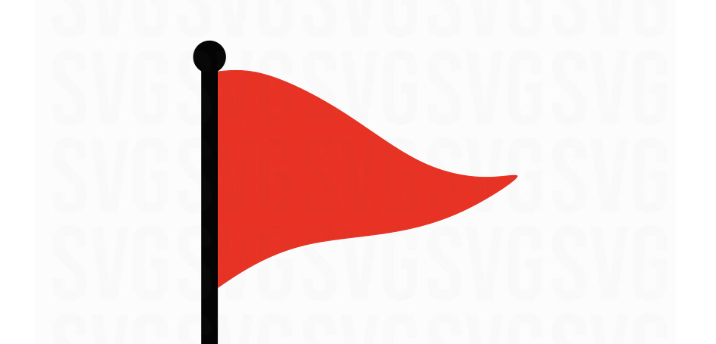
Not every size chart is created equal, and some online listings can be downright misleading. If you notice any of these red flags, pause before purchasing:
🚩 No Size Chart Provided
If a seller doesn’t provide any measurements (in CM or inches), you’re flying blind. That’s a major risk, especially for fitted garments.
🚩 One Size Fits All
Beware of items marked “Free Size” or “One Size Fits All.” In Asian fashion, this usually means “fits most petite Asian frames” and translates to a US XS or S—rarely more.
🚩 Inconsistent Sizing Across Items
Some sellers use vague sizing like “Size 1,” “Size 2,” or use the same chart for all products—even though tops, pants, and outerwear have different cuts. That’s a recipe for returns.
🚩 No Fabric Description
Stretchy fabrics like spandex, jersey, or ribbed knits can forgive minor sizing issues. If no fabric composition is listed, you won’t know if the garment has any give.
🚩 Unclear Model Info
If the model’s height, weight, or size worn is not listed—yet the clothes fit perfectly in every photo—that’s suspicious. It often means the brand adjusts or clips garments for shoots.
Pro Tip: Look for listings with user photos and size details in reviews. That’s your best reality check.
Should You Always Size Up with Asian Clothing?
A common rule of thumb says to “go one or two sizes up” when buying Asian fashion. But is that always right?
✅ Yes, Size Up When:
- The item is made of non-stretch material (e.g., polyester, wool, denim)
- It’s a structured or fitted cut
- Reviews say it runs small
- You’re in between sizes based on your measurements
❌ Don’t Size Up If:
- The garment is labeled as oversized or loose fit
- The item is knitted or stretchy
- It’s a Unisex item with Western sizing references
- The seller offers a detailed chart and your measurements align exactly
🧠 Smart Strategy:
- Take your exact measurements
- Compare them to the seller’s chart
- If you’re close to the upper limit of a size—go up one
Sizing up without understanding the fabric or cut can lead to a poor fit that’s too baggy or shapeless.
Conclusion
Asian fashion is bold, stylish, and often more affordable—but it comes with a learning curve when it comes to sizing.
If you want to avoid the frustration of receiving clothing that doesn’t fit, you must master Asian size conversions to US standards.
📌 Key Takeaways:
- Asian sizes run smaller than US sizes—often by 1–2 full sizes
- Use your body measurements, not just size tags, for accuracy
- Always check the seller’s individual size chart
- Read reviews and buyer photos for real-world fit insights
- When in doubt, size up—but smartly
- If you’re a brand, partner with a sourcing expert like Simoosourcing to ensure your product line fits your target market
Whether you’re shopping from Taobao, YesStyle, AliExpress, or manufacturing your own clothing line, read this review before you buy—because a well-fitting outfit always starts with the right size.
FAQs About Asian Size
1. Why are Asian sizes so small compared to US sizes?
Asian sizing reflects regional body proportions and tends to favor slimmer builds. Cultural preferences for fitted styles also influence sizing standards.
2. Is XL in Asia equal to L in the US?
Roughly, yes. In most cases, you’ll need to size up once or twice when buying Asian clothing. Always check the size chart to be sure.
3. What’s the best way to avoid returns when buying Asian fashion?
Take your measurements in CM, compare them with the product’s size chart, and read buyer reviews. When possible, message the seller for clarification.
4. Can I trust Asian size charts?
Many are accurate, but you must use your own measurements and verify each seller’s chart—sizes vary by country, brand, and fabric.
5. Does Simoosourcing help with garment sampling and sizing?
Yes. Simoosourcing can help you sample multiple sizes, create custom size charts, and test your garments with real users before launching production.


